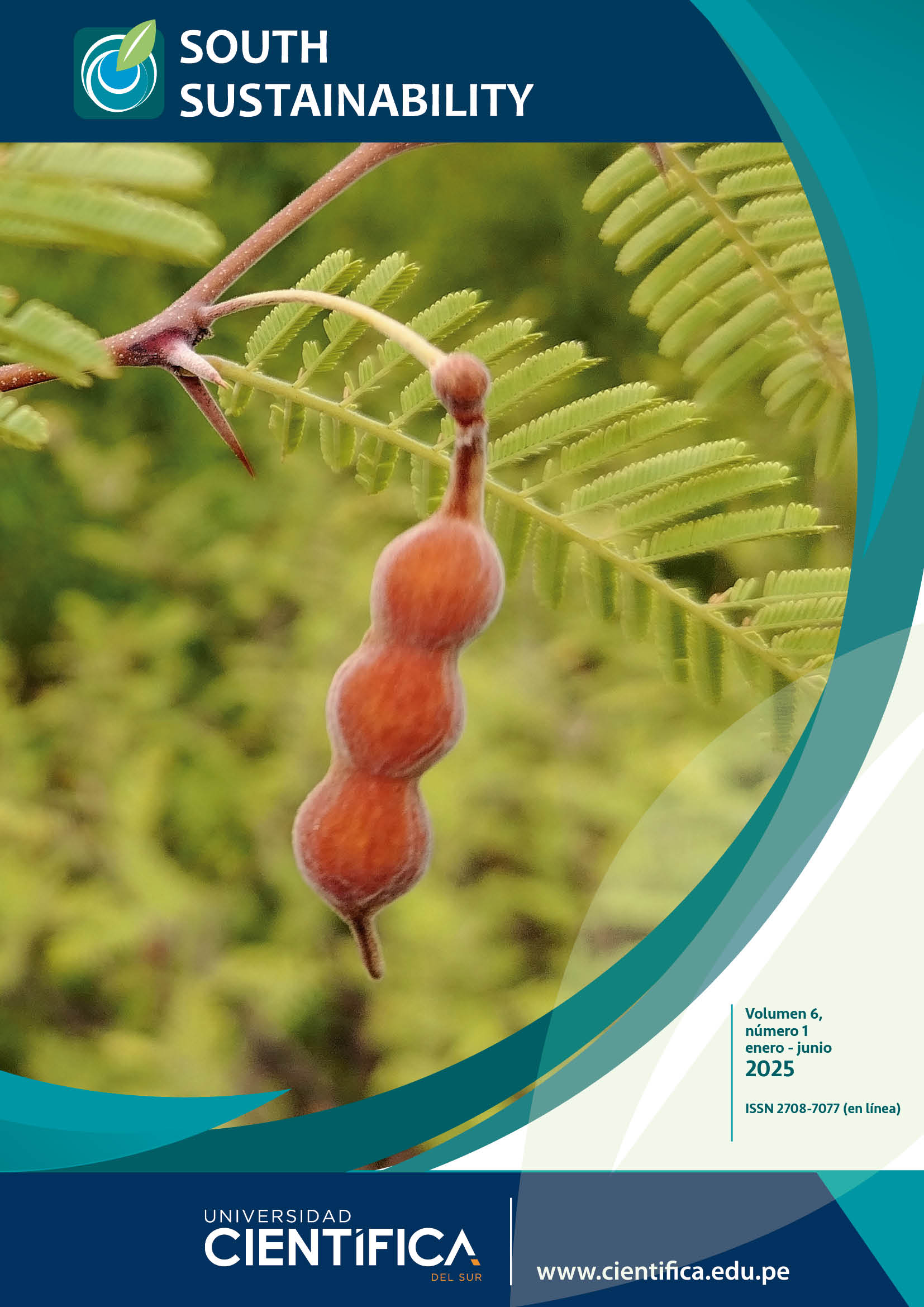Diversity of the macroinvertebrate assemblage associated with the holdfasts of giant kelp (Macrocystis pyrifera): baseline knowledge for the conservation of blue carbon ecosystems on Peru’s central coast
DOI:
https://doi.org/10.21142/SS-0601-2025-e119Keywords:
underwater forest, associated fauna, biogenic habitat, brown macroalgaeAbstract
The holdfast of giant kelp (Macrocystis pyrifera) is formed by intricate root-like haptera that fasten on to hard substrata and at the same time provide a habitat for rich assemblages of macroinvertebrates. On the Peruvian coast of the Southeast Pacific, the taxonomic composition of this assemblage is unknown. In this context, the aim of this study was to evaluate the diversity of the associated fauna and determine its relationship with the morphometric parameters (mean diameter and volume) of M. pyrifera holdfasts at El Chuncho cove (Pucusana, Peru). Eleven rhizoids were collected, among which a total of 63 macroinvertebrate taxa were found, of which 40 were identified to species level. The most frequent taxa were the ophiuroid Ophiactis kroyeri, the amphipod Erichthonius sp., and the tubeworm Phragmatopoma virgini. No significant relationships were found between the average holdfast diameter and the community parameters; however, a significant correlation was found between holdfast volume and species richness and the abundance of individuals. We recommend incorporating the rhizoid volume morphometric variable into management and extraction plans for these macroalgae and standardizing evaluation protocols for species composition associated with subtidal forests along the Peruvian coast according to latitudinal and bathymetric gradients. Also, we suggest designating giant kelp as a prioritized conservation element within the State-protected polygons of Peru’s central coast, in order to increase efforts to conserve these blue carbon ecosystems.
Downloads
Published
Issue
Section
License
Copyright (c) 2025 Juan Eduar Fernandez Davila, Aldo Gonzalo Indacochea Mejia, Sergio Gonzales , Bernabé Moreno Leveroni

This work is licensed under a Creative Commons Attribution 4.0 International License.













